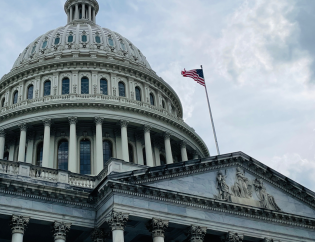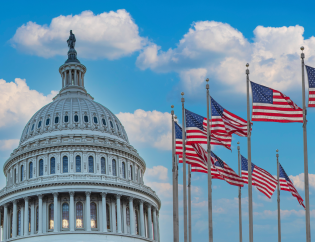
In the complex dance of economic forces, few phenomena are as ubiquitous and impactful as inflation. The United States, with its dynamic and complex economy, has experienced fluctuations in inflation rates that resonate across industries, financial markets, and the lives of its citizens. In this extensive blog post, we embark on a deep dive into the multifaceted realm of inflation, exploring its causes, historical patterns, consequences, and potential strategies for individuals and policymakers to navigate these economic waters.
Understanding Inflation:
- Defining Inflation: At its core, inflation is the sustained increase in the general price level of goods and services in an economy over time. We unravel the mechanics of inflation, examining how it is measured, the role of key economic indicators, and the factors that contribute to its rise or fall.
- Types of Inflation: Inflation is not a one-size-fits-all concept. We explore different types of inflation, including demand-pull inflation, cost-push inflation, and built-in inflation, shedding light on the nuances that distinguish them and their varied impacts on the economy.
Historical Overview:
- A Historical Lens: We take a journey through time to explore the historical patterns of inflation in the United States. From the post-World War II era to the stagflation of the 1970s and the more recent trends, understanding historical context is crucial for deciphering current economic landscapes.
- Inflationary Peaks and Valleys: Examining specific periods of inflationary peaks and valleys provides insights into the driving forces behind economic shifts. We analyze the causes and consequences of notable inflationary episodes, such as the Volcker era and the Great Recession.
Factors Influencing Inflation:
- Monetary Policy: The decisions of central banks, particularly the Federal Reserve, play a pivotal role in shaping inflation rates. We dissect the tools and strategies employed by central banks to control inflation and achieve economic stability.
- Supply and Demand Dynamics: The interplay between supply and demand is a fundamental determinant of inflation. We investigate how shifts in supply chains, production capabilities, and consumer behavior impact the delicate balance that dictates price levels.
- Global Economic Forces: The globalized nature of the modern economy means that international events and trends can significantly influence inflation in the United States. We explore how geopolitical events, trade dynamics, and global economic conditions contribute to domestic inflation rates.
Consequences of Inflation:
- Purchasing Power Erosion: One of the most direct consequences of inflation is the erosion of purchasing power. We delve into how rising prices impact the ability of individuals and households to afford goods and services, examining the implications for everyday life.
- Interest Rates and Investments: Inflation has profound implications for interest rates and investment strategies. We analyze the relationship between inflation and interest rates, exploring how investors and financial markets respond to changing economic conditions.
Strategies for Individuals:
- Managing Personal Finances: Navigating inflation requires individuals to adopt strategic financial practices. We offer practical advice on managing personal finances, including budgeting, investing, and making informed decisions in a dynamic economic environment.
- Investment Strategies: Diversifying investment portfolios and considering inflation-protected assets are key components of an effective strategy in an inflationary environment. We provide insights into investment strategies that can help individuals hedge against the impact of rising prices.
Policy Implications:
- Central Bank Policies: The role of central banks in managing inflation cannot be overstated. We explore the various monetary policy tools employed by central banks, including interest rate adjustments and open market operations, and assess their effectiveness in controlling inflation.
- Fiscal Policy Considerations: Beyond monetary policy, fiscal measures such as government spending and taxation play a vital role in influencing inflation. We examine how fiscal policy decisions can either mitigate or exacerbate inflationary pressures.
Conclusion:
In conclusion, the dynamics of inflation in the United States are intricate and multifaceted, shaped by a myriad of economic, political, and global factors. Understanding the historical context, the driving forces behind inflation, and the consequences it brings is essential for individuals, policymakers, and businesses alike. By adopting informed financial practices, implementing strategic investment strategies, and crafting effective monetary and fiscal policies, the nation can navigate the complexities of inflation and strive towards economic stability and prosperity.








